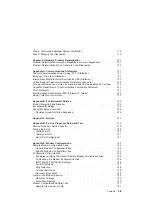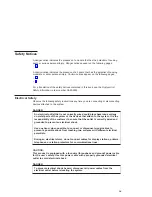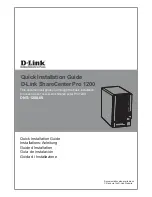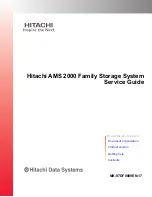
can create two partition profiles, each using a majority of system resources. If you
attempt to activate both of these partitions at the same time, the second partition in the
activation list fails.
System Profiles
Using the HMC, you can create and activate often-used collections of predefined
partition profiles. A collection of predefined partition profiles is called a system profile.
The system profile is an ordered list of partitions and the profile that is to be activated
for each partition. The first profile in the list is activated first, followed by the second
profile in the list, followed by the third, and so on.
The system profile helps you change the managed systems from one complete set of
partitions configurations to another. For example, a company might want to switch from
using 12 partitions to using only four, every day. To do this, the system administrator
deactivates the 12 partitions and activates a different system profile, one specifying four
partitions.
When you create a group of affinity partitions, the HMC automatically creates a system
profile that includes all of the affinity partitions that you created.
Types of Partitions
The HMC allows you to use two types of partitions: logical partitions and the full system
partition.
Logical Partitions
Logical partitions are user-defined system resource divisions. Users determine the
number of processors, memory, and I/O that a logical partition can have when active.
Affinity Partitions: An affinity partition is a special type of logical partition in which
processors and system memory are allocated in a pre-defined way that may increase
performance when running some types of applications (memory is assigned to a
processor that is in close physical proximity to it).
Affinity partitions can be created with either four or eight processors. The user
determines the allocation of I/O resources in a server with affinity partitions; only the
allocation of processors and memory is pre-defined.
Full System Partition
A special partition called the full system partition assigns all of your managed system’s
resources to one large partition. The full system partition is similar to the traditional,
non-partition method of operating a system. Because all resources are assigned to this
partition, no other partitions can be started when the full system partition is running.
Likewise, the full system partition cannot be started while other partitions are running.
The HMC allows you to easily switch from the full system partition to logical partitions.
The actual setup of the operating system in a partition may require some careful
planning to ensure no conflicts exist between the two environments.
4
Eserver
pSeries 670 User’s Guide
Содержание Eserver pSeries 670
Страница 1: ...pSeries 670 User s Guide SA38 0614 00 ERserver IBM...
Страница 2: ......
Страница 3: ...pSeries 670 User s Guide SA38 0614 00 ERserver IBM...
Страница 14: ...xii Eserver pSeries 670 User s Guide...
Страница 22: ...6 Eserver pSeries 670 User s Guide...
Страница 28: ...12 Eserver pSeries 670 User s Guide...
Страница 88: ...72 Eserver pSeries 670 User s Guide...
Страница 136: ...120 Eserver pSeries 670 User s Guide...
Страница 150: ...134 Eserver pSeries 670 User s Guide...
Страница 154: ...138 Eserver pSeries 670 User s Guide...
Страница 158: ...142 Eserver pSeries 670 User s Guide...
Страница 188: ...172 Eserver pSeries 670 User s Guide...
Страница 194: ...178 Eserver pSeries 670 User s Guide...
Страница 197: ......
















































